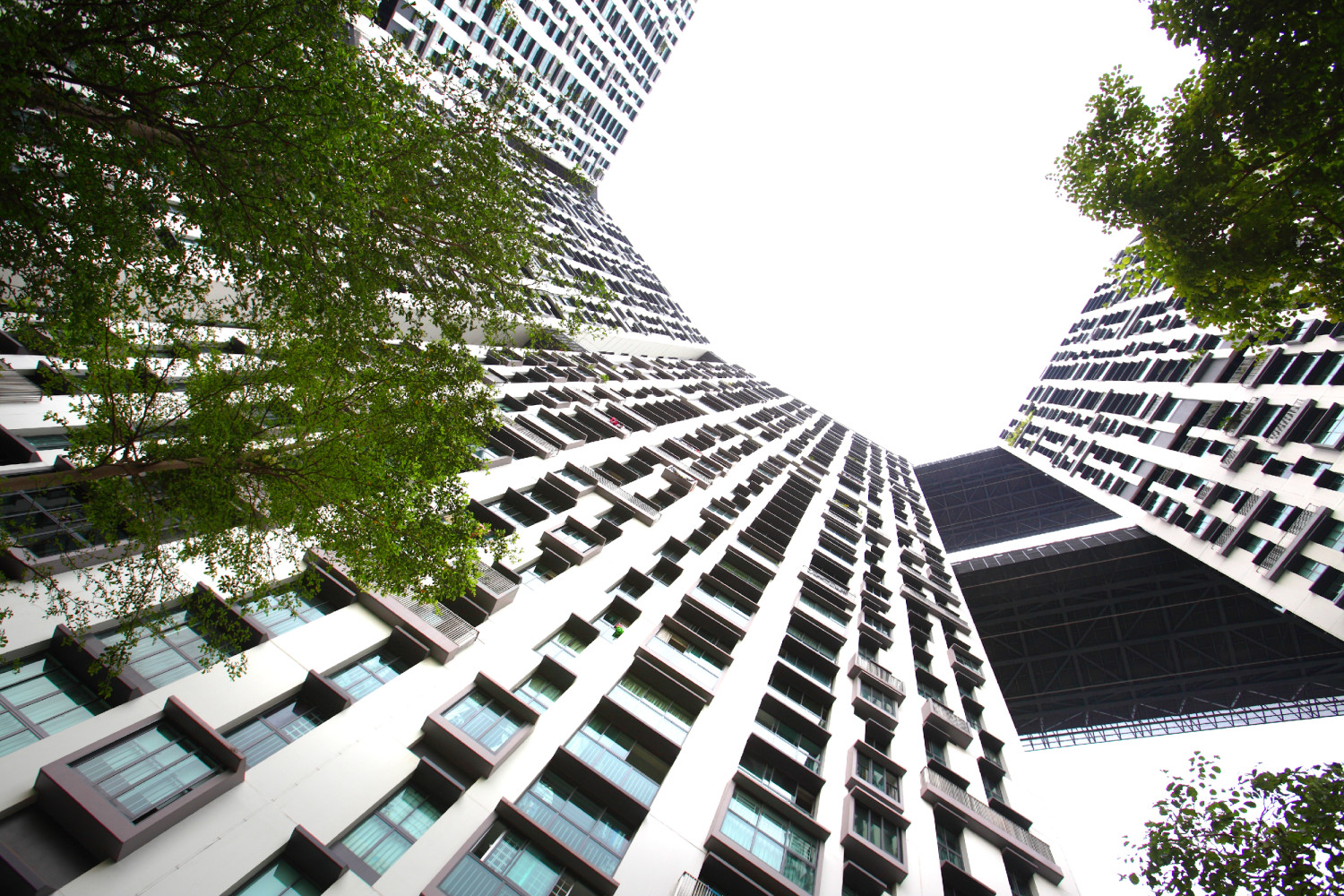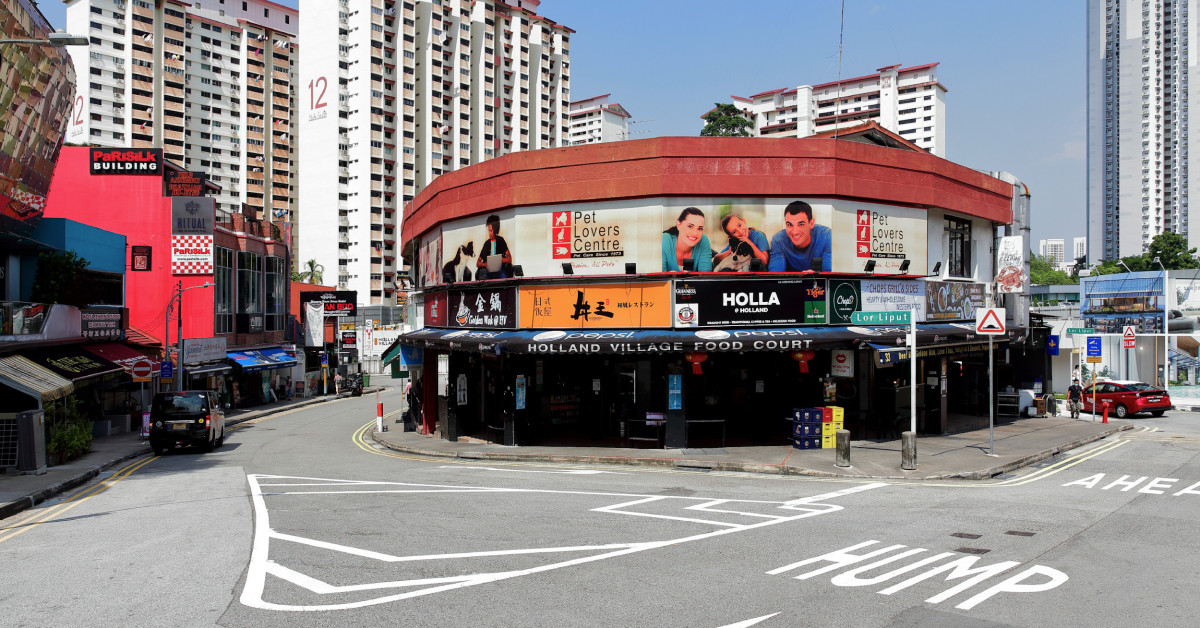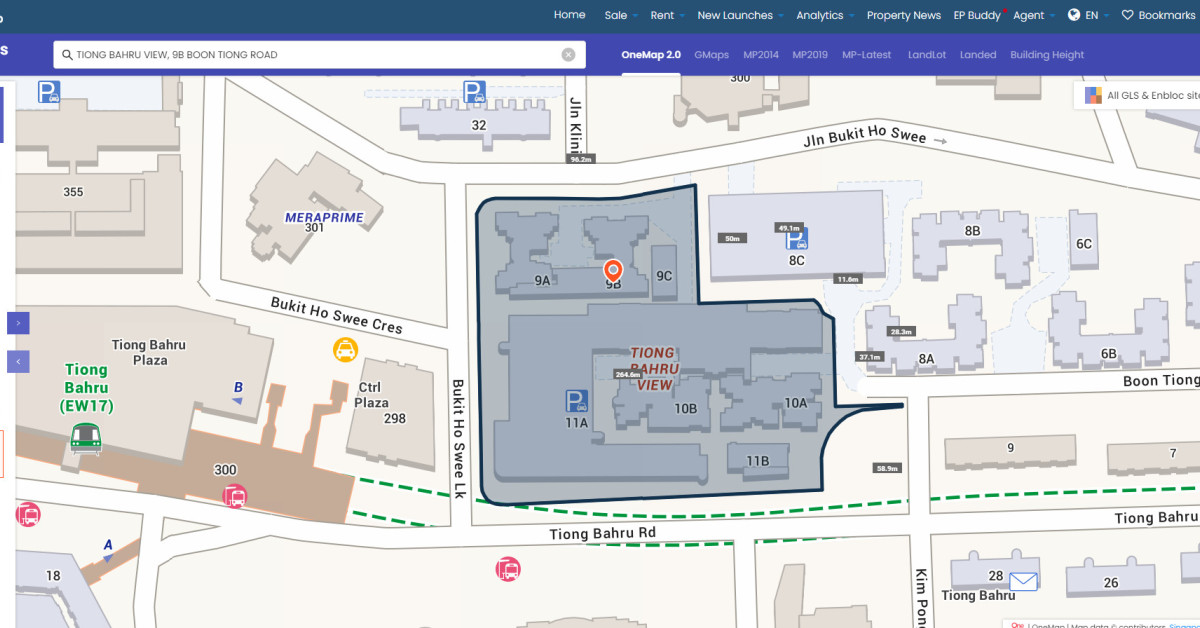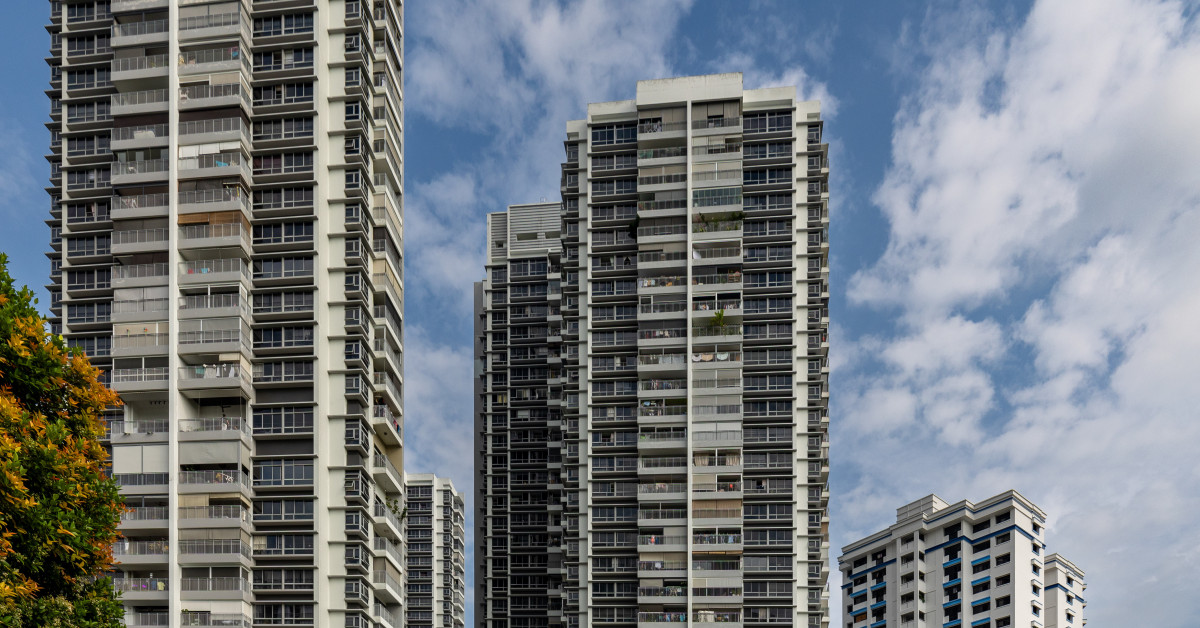The 2-Million Dollar Question: Will a HDB flat ever fetch this price?
By Elizabeth Choong
/ EdgeProp Singapore |

The number of million-dollar HDB resale transactions has been on the rise. (Photo: Samuel Isaac Chua/EdgeProp Singapore)
SINGAPORE (EDGEPROP) - The prices for HDB flats have been on a steady upward climb, with million-dollar transactions becoming increasingly common. This begs the question of whether a HDB flat will ever fetch $2 million. In this article, we examine several factors that drove HDB prices beyond the $1 million benchmark and if the same factors will propel HDB prices over the $2 million mark.
Increasing numbers of million-dollar transactions
HDB resale prices have been increasing steadily, albeit at a slower pace compared to 99-year leasehold condos. The upward trend for HDB prices is supported by a low unemployment rate and rising household income. From 2022 to last year, the average price for HDB flats grew by 6% y-o-y, a slower pace compared to the growth of 9.3% y-o-y for leasehold condos. At the time of writing, average resale prices for HDB flats and leasehold condos were $578 psf and $1,574 psf, respectively, this year.
Last year, median household income rose by 7.6% y-o-y to $10,869 per month and unemployment rate fell by 0.2 percentage points to 2.7%.
Advertisement
Advertisement
ource: EdgeProp Market Trends (as at 23 February 2024)
The first million-dollar HDB transaction took place in 2012 for an executive maisonette along Mei Ling Street. Thereafter, the number of such eye-popping transactions has been on the rise and first exceeded 100 transactions in 2021. Last year saw a record high of 481 million-dollar transactions, and there have been 117 such transactions thus far this year.
Furthermore, the average transacted price for these million-dollar flats has been increasing at a faster pace than the overall average price for all HDB flats. The average price for the million-dollar flats rose from $645 psf in 2012 to $886 psf last year, marking an increase of 37.4%. Over the same timeframe, the overall average price for HDB flats rose by 25.6%, from $449 psf to $564 psf.
Household income still on the rise
There are several factors driving the price growth for HDB flats, including a continued low unemployment rate and rising household incomes. Barring black swan events, HDB flats are expected to continue attracting demand from buyers, which will lend support to prices.
Last year, Singapore’s GDP grew by a mere 1.1% y-o-y. However, median household income jumped by 7.6% year-on-year to $10,869 per month, driven by a low resident unemployment rate of 2.7%. The weak economic growth is expected to persist this year, with the government projecting GDP growth of only 1% to 3%. However, this is expected to be mitigated by a tight labour market, which is expected to lend support to wages and household incomes.
HDB: The more affordable option
The average resale price difference between HDB flats and leasehold condos is widening. From 2019 to 2022, the price gap ranged from $783 psf to $871 psf but surged to a record high of $970 psf last year. At the time of writing, the price difference has increased further to $996 psf for this year.
Source: EdgeProp Market Trends (as at 23 February 2024)
The wider price gap would indicate that HDB flats are more affordable compared to leasehold condos. Furthermore, the significantly higher prices for leasehold condos could cause some buyers to be priced out of the condo market and hence turn to the resale HDB market to meet their housing needs. Additionally, the significantly higher resale condo prices could cause some HDB owners to abandon their upgrading plans to a condo and hence not put their HDB flat up for sale. This would reduce the number of HDB flats available for sale in the resale market.
Advertisement
Advertisement
Government regulations expected to give a boost to HDB resale market
Two recent government regulations are expected to boost demand and hence prices for resale HDB flats.
A regulation was introduced at the end of September 2022 stipulating that owners who sold their private residential property must wait 15 months before they can buy a resale HDB flat. The wait period would have just ended for owners who sold their private residential property when the regulation first took effect. Demand for resale HDB flats is expected to benefit from this group of potential buyers.
Furthermore, the proceeds from the sale of the private residential property is expected to be significantly higher than the replacement cost of an HDB resale flat, especially since the price gap between both property types has been widening. Hence, these potential buyers are expected to be able to pay top dollar for their resale HDB flat.
With effect from the Build-To-Order (BTO) exercise in October, all BTO flats will be categorized as Prime, Plus, or Standard. Prime flats are in central locations and near amenities, while Plus flats are in non-central locations but near amenities. The remaining flats will be categorized as Standard. It is also notable that Prime and Plus flats will have a minimum occupation period (MOP) of 10 years. In contrast, Standard flats and all existing resale flats will continue to have a MOP of five years.
Source: Ministry of National Development
Sellers are expected to increase their asking price if their flats are in locations that would be considered Prime or Plus. Despite the expected higher asking prices, such flats are expected to still be popular with buyers because of the shorter MOP and excellent locational attributes. Furthermore, there is an income ceiling of $14,000 per month for applicants of Plus and Prime BTO flats, but there is no income ceiling for resale flats regardless of location. Potential buyers, whose monthly income exceeds $14,000, will have to purchase a resale HDB flat or a private residential property.
Interest rate still on a upward trend
In Singapore, mortgage loans with floating rates are often pegged to the Singapore Overnight Rate Average (SORA), which is defined by the Monetary Authority of Singapore as the "volume-weighted average rate of borrowing transactions in the unsecured overnight interbank SGD cash market in Singapore between 8am and 6.15 pm."
Advertisement
Advertisement
SORA has been climbing upwards at a rapid pace in recent years. From 2010 to 2022, the rate stayed well below 2%, but it surged to 3.263% at the end of last year and was 3.7262% on February, 23. The higher interest rates mean that households have to make higher monthly mortgage payments. Thus far, most households have been able to cope financially with the higher mortgage payments due to a tight labour market and increasing household income.
Unlikely for a HDB flat to fetch $2 million this year
The market conditions when the first million-dollar transaction took place differ from the prevailing market conditions. The first million-dollar transaction took place in 2012 before the total debt servicing ratio (TDSR) was first introduced in 2013.
TDSR limits the amount of mortgage loan that a homebuyer can borrow. The ratio was reduced from the initial 60% to the prevailing 55% in December 2021. Concurrently, the interest rate floor used when calculating TDSR and mortgage servicing ratio (MSR) was increased by 0.5 percentage points to 4% for bank loans and by 0.4 percentage points to 3% for HDB loans.
Furthermore, SORA was still under 1% in 2012 but crossed the 3% threshold last year. The bright spot is the US Federal Reserve is widely expected to cut the federal funds rate in June which could lower interest rates. Cheaper mortgage loans could encourage more homebuyers to commit to a purchase.
The economic conditions in 2012 are also very different from the current economic conditions In 2012, GDP for Singapore grew by 4.4% y-o-y, but GDP inched up by a mere 1.1% y-o-y last year and is expected to grow by 1% to 3% this year. The bright spot is the low unemployment rate of 2.8% in 2012 and 2.7% last year. The low unemployment rate for both years could explain the strong growth in resident median household income, which increased by 7.5% y-o-y to $7,566 per month in 2012 and by 7.6% y-o-y to $10,869 per month last year.
Another major difference is the price gap between HDB flats and leasehold condos. In 2012, the price gap was only $582 psf compared to $970 psf last year. The larger price difference means that HDB resale flats will be considered the more affordable choice for homebuyers. Additionally, it will be more difficult for residents to upgrade from public to private housing.
Source: Monetary Authority of Singapore, Department of Statistics Singapore and EdgeProp Market Trends (as at 23 February 2024)
There were only 20 million-dollar transactions in 2012, but it surged to 481 transactions last year. Furthermore, the $1.5 million benchmark has since been breached. Last year, a record high of $1.5 million was paid for a jumbo flat at 50 Moh Guan Terrace. The highest price paid for a HDB flat thus far this year is $1.56 million for a five-room Design, Build and Sell Scheme (DBSS) flat in Toa Payoh.
Despite the fast-increasing number of million-dollar transactions and surging prices paid for these flats, the weaker economic conditions and existing government regulations to ensure financial prudency are expected to put some downward pressure on prices. As such, it is unlikely for an HDB flat to fetch $2 million or more this year.
So will we ever see a HDB flat selling for $2 million?
It is possible for a resale HDB flat to fetch $2 million. Based on the million-dollar transactions that have taken place, the first $2 million transaction is likely to be for a five-room or larger flat in a central location. However, households can rest assured that it is unlikely to happen in the near future.
This is because TDSR and MSR will restrict the amount of housing loan available to buyers, which will, in turn, limit the price that they can pay for the property. The government has shown that they will adjust TDSR and MSR to cool the market if housing prices rise significantly to a level that is deemed to be unsustainable.
A quick calculation indicates that household income will have to increase to approximately $21,353 per month before they can afford a $2 million HDB flat. This calculation is arrived at by assuming the loan-to-value ratio for HDB flats remains at 80%, so the buyer can finance the purchase by borrowing $1.6 million. We also assumed that loan tenure remains at 30 years, the buyer uses an HDB loan with an interest rate of 2.6% and the buyer does not have any housing loans beside the one that he is applying for. As such, the monthly mortgage repayment would be approximately $6,406.
However, when determining whether a borrower meets the TDSR and MSR requirements, an interest floor rate of 4% is used which translates to a monthly payment of approximately $6,746. To meet the MSR of 30%, the buyer will need a household income of at least $22,487 per month. To meet the TDSR of 55%, the borrower cannot have monthly expenses and loan repayments of above $5,622. Last year, median household income was only $10,869 per month, which is less than half of the required household income for a buyer to afford a $2 million HDB flat.
Furthermore, the pace of growth for HDB prices has slowed down. The average price for HDB flats grew 8.9% year-on-year to $636 psf in 2021 and 6.9% year-on-year to $680 psf in 2022, but increased by only 3.2% year-on-year to $702 psf last year. The slower pace of growth is expected to continue into this year.
More BTO flats in central locations are expected to be launched after the new HDB flats are re-categorized, and the lower prices for BTO flats might encourage some buyers to purchase such BTO flat instead of a resale flat. Furthermore, the majority of the million-dollar transactions are for five-room or larger flats located in the central region, and we can expect the same locational attributes for flats that may fetch $2 million.
https://www.edgeprop.sg/property-news/2-million-dollar-question-will-hdb-flat-ever-fetch-price
Tags: |


Follow Us
Follow our channels to receive property news updates 24/7 round the clock.
Subscribe to our newsletter
Advertisement
Advertisement
Advertisement
Search Articles


